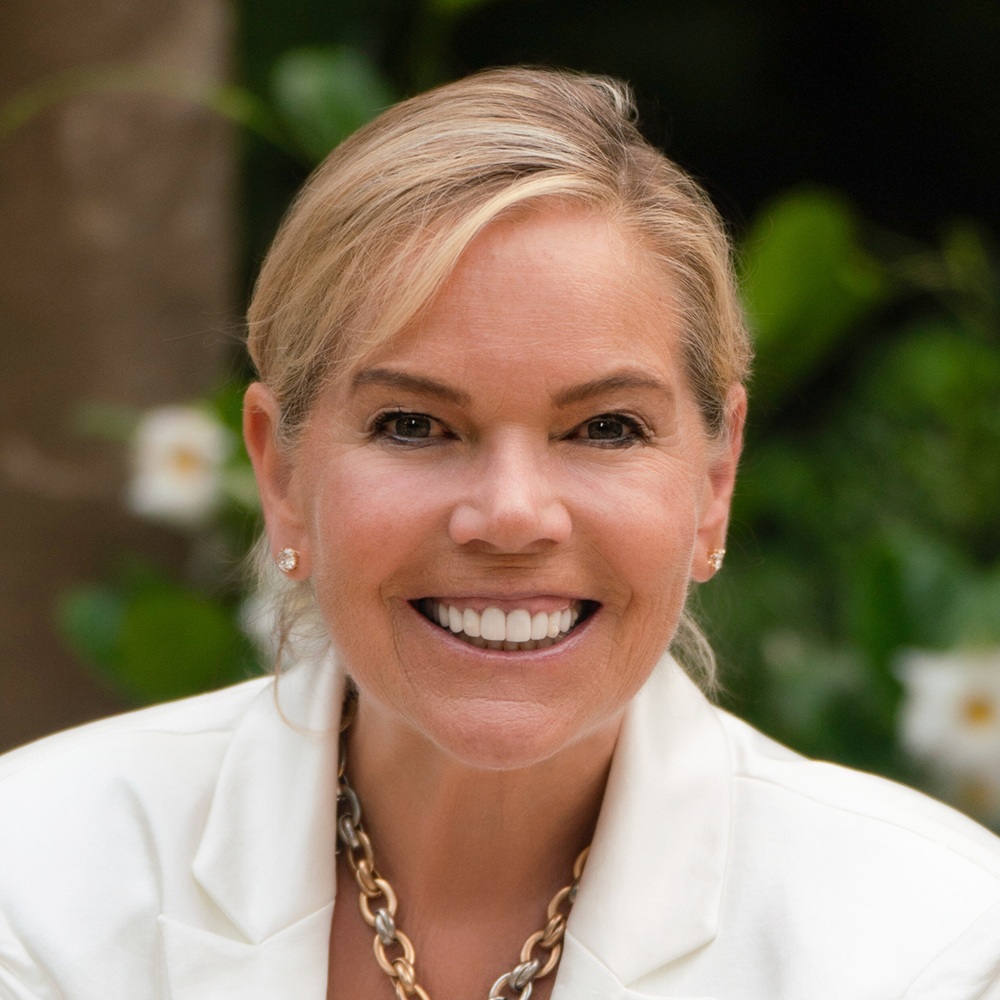Rattled by RMDs? Look No Further
The rules for required minimum distributions (RMDs) have changed in recent years, so here's what to know as the end of the year (and a tax deadline) approaches.


“He who dances must pay the piper.” It’s an idiom that’s especially appropriate to describe the deferred taxes you’ll eventually have to pay when you start taking money out of your retirement plans. If you’ve spent decades building up your retirement savings, and you’re within shooting distance of your 73rd birthday, rest assured that the IRS is waiting in the wings to claim its share through required minimum distributions (RMDs).
As with anything involving the IRS, the RMD rules are notoriously (and unnecessarily) complicated. You don’t need to become an expert on every nuance, but there are a few key things you must understand to avoid costly mistakes — and possibly even reduce the amount you owe.
So, let’s demystify RMDs by cutting straight to the essentials. Here’s what you need to know about the what, who, why, when and how of RMDs.
From just $107.88 $24.99 for Kiplinger Personal Finance
Become a smarter, better informed investor. Subscribe from just $107.88 $24.99, plus get up to 4 Special Issues

Sign up for Kiplinger’s Free Newsletters
Profit and prosper with the best of expert advice on investing, taxes, retirement, personal finance and more - straight to your e-mail.
Profit and prosper with the best of expert advice - straight to your e-mail.
What are RMDs?
Think of RMDs as a rite of passage in retirement. It’s the amount you must start withdrawing from your retirement accounts annually once you hit age 73.
RMDs were introduced when IRAs were first established in the early 1970s, designed to ensure the government eventually collects income tax on your tax-deferred accounts. Thanks to the SECURE 2.0 Act, the age to begin taking RMDs was bumped up from 72 to 73 in 2023, with another increase to 75 scheduled for 2033.
Here’s the gist: You must withdraw your RMD by December 31 in the year you turn 73. However, you can delay your first withdrawal until April 1 of the following year. For instance, if you turn 73 on October 1, 2024, you have until April 1, 2025, to take your first RMD. Keep in mind, though, if you delay, you’ll need to take two distributions in 2025 (the second one by December 31, 2025).
RMDs apply to pretax employer-sponsored retirement accounts, such as 401(k), 403(b) and 457(b) plans, as well as traditional IRAs and IRA-based plans like SEPs, SARSEPs and SIMPLE IRAs. Roth IRAs and Roth 401(k)s do not have RMDs.
Now the math: Your RMD is determined by dividing the balance in your account at the end of the prior calendar year by your life expectancy, as determined by the IRS. While you need to calculate the RMD for each retirement account individually, you can choose to withdraw the total amount from one account or a combination of accounts.
Who’s impacted?
While RMDs are a big deal for some retirees, the reality is that many people withdraw more than the required minimum each year. For those who follow the common 4% withdrawal rule to make their savings last through retirement, the IRS’ RMD rules may not even be a concern. They’ll simply withdraw, pay the tax and move on.
However, for those who prefer to take out as little as possible, paying attention to RMD rules becomes crucial, and that’s where tax planning comes in.
If following the IRS Uniform Lifetime Table, RMDs start at a manageable 3.6% of your retirement account balance at age 73, but the percentage ramps up over time, reaching about 5% at age 80, 6.3% at age 85 and 11% by age 95. It’s important to note this applies to unmarried account owners, those whose spouse is not their sole beneficiary or those whose spouse is their sole beneficiary and not more than 10 years younger. Different tables may apply for those who do not fit into these categories.
Inheriting a retirement account adds another layer of complexity. If you’re a spouse inheriting an IRA, you generally have the same flexibility as the original account owner, including the ability to roll the account into your own IRA.
However, if you’re a non-spousal beneficiary, things are different. Non-spouse heirs must adhere to the 10-year rule. Under this rule, the account must be fully depleted within 10 years of the original owner’s death. RMDs are mandated for inherited traditional IRAs (and likely inherited pretax 401(k)s) if the account owner died after 2020 and had begun taking RMDs or reached the age when they should have started. But if the owner passed away before starting RMDs, the 10-year cleanout rule still applies, but RMDs are not required. Additionally, RMDs are not necessary for inherited Roth IRAs under any circumstances.
There are exceptions for eligible designated beneficiaries (EDBs), a special class that includes surviving spouses, minor children of the account owner, disabled or chronically ill individuals and beneficiaries who are less than 10 years younger than the deceased. These EDBs can still stretch distributions over their lifetime, keeping the old rules intact.
But, say you inherit an IRA or 401(k) from a parent or grandparent. You’ll want to be sure to review your own estate plan and consider the financial situations of your beneficiaries. Sometimes, it may make sense to pass on IRA dollars to a lower-earning beneficiary while leaving Roth or brokerage assets to a higher-earning one. This strategy that advisers often suggest can help minimize the tax impact for your heirs.
Why you need to know
The penalties for getting your RMDs wrong are steep. If you miss taking the required amount, the IRS imposes a hefty penalty — 25% of the amount you should have withdrawn, which could be reduced to 10% if you correct the RMD within a certain timeframe.
Each retirement account you own requires its own RMD calculation, but you have some flexibility in how you withdraw the total amount. While 401(k) plan sponsors will calculate and communicate the RMD for that account only, IRA custodians will calculate RMDs for each separate IRA held with them. If you own multiple IRAs, you can decide how much of the total IRA RMD to take from each account, allowing you to withdraw more from one and less from another. However, it’s important to note that RMDs taken from 401(k) accounts cannot offset RMDs required from IRAs — they must be calculated and taken separately.
Be aware, though, that if you don’t proactively manage your withdrawals, your financial institution may step in and do it for you. Some banks will automatically transfer the necessary percentage into your checking account if they don't hear from you by a certain date.
This level of oversight ensures you meet your obligations, but it’s much better to be in control and avoid any unwelcome surprises.
How to manage RMDs
Planning your RMDs effectively helps not only avoid penalties but also optimize your overall retirement plan. Here are some ways fee-only tax advisers say you can approach it:
The best advice for getting all the details right is to seek out tax planning guidance from a highly qualified, fee-only adviser. This ensures you’re making informed decisions tailored to your specific financial situation.
Keep track of year-end statements. Terry Savage, a nationally syndicated personal finance columnist and author of The Savage Truth on Money, advises: “Remember to keep your year-end statements from all your retirement accounts, the ones from last December. That total is the basis for your RMD. Calculate the amount in January and have it all in cash. Then you can take distributions from one or more IRAs throughout the year. And be sure to have at least 20% withheld from each distribution for income taxes.” (Note: 401(k) distributions must be taken separately from IRA accounts.)
Explore RMD-reduction strategies. One often overlooked strategy is a qualified charitable distribution (QCD), which is particularly valuable for those in higher tax brackets.
Kendrick Mattox, CFA, Senior Wealth Adviser with Edge Capital Group, says: “For many of our clients, they do not need the income from their RMD, so we often recommend they consider making charitable gifts from their IRA in lieu of taking their RMD. They do not have to pay taxes on QCDs, as they are not taking it as income. This is especially beneficial in years where a client is claiming the standard deduction because their income is lowered by not taking the RMD and by claiming the standard deduction. It’s a win-win situation.”
Just keep in mind that while QCDs can be a great option for reducing your taxable income, they can replace your RMD only up to the QCD limit of $105,000 in 2024. If your RMD exceeds this amount, you will still be required to take the difference as an RMD. Additionally, remember that QCDs cannot be treated as charitable deductions.
Strategically manage inherited IRA withdrawals. Skipping or delaying RMDs from an inherited IRA may lead to significant future tax issues, especially if the account is large. To minimize your tax burden, consider spreading withdrawals over the full 10-year period, which can help keep your income in lower tax brackets.
Depending on your financial situation, such as nearing retirement or moving to a lower-tax state, it might be beneficial to time larger withdrawals when your income is lower.
When it comes to RMDs, there’s no free lunch — unless you plan carefully. Whether you’re taking your first RMD or managing an inherited IRA, a well-thought-out strategy ensures that you stay in control of your financial future, serving yourself the best possible outcome at the retirement table.
Related Content
- How to Optimize Your RMDs in Retirement
- Three Ways You Can Cut the Tax Stress of RMDs
- Five Things I Wish I’d Known Before I Retired
- How to Roll Over Your 401(k) Without Costly Regrets
- How to Get Your Money's Worth From Your Financial Adviser
Profit and prosper with the best of Kiplinger's advice on investing, taxes, retirement, personal finance and much more. Delivered daily. Enter your email in the box and click Sign Me Up.

With more than 25 years in investor advocacy, Pam Krueger is the founder and CEO of Wealthramp, an SEC-registered adviser matching platform that connects consumers with rigorously vetted and qualified fee-only financial advisers. She is also the creator and co-host of the award-winning MoneyTrack investor-education TV series, seen nationally on PBS, and Friends Talk Money podcast.
-
 Nasdaq Sinks 418 Points as Tech Chills: Stock Market Today
Nasdaq Sinks 418 Points as Tech Chills: Stock Market TodayInvestors, traders and speculators are growing cooler to the AI revolution as winter approaches.
-
 23 Last-Minute Gifts That Still Arrive Before Christmas
23 Last-Minute Gifts That Still Arrive Before ChristmasScrambling to cross those last few names off your list? Here are 23 last-minute gifts that you can still get in time for Christmas.
-
 The Rule of Compounding: Why Time Is an Investor's Best Friend
The Rule of Compounding: Why Time Is an Investor's Best FriendDescribed as both a "miracle" and a "wonder," compound interest is simply a function of time.
-
 Nasdaq Sinks 418 Points as Tech Chills: Stock Market Today
Nasdaq Sinks 418 Points as Tech Chills: Stock Market TodayInvestors, traders and speculators are growing cooler to the AI revolution as winter approaches.
-
 The Rule of Compounding: Why Time Is an Investor's Best Friend
The Rule of Compounding: Why Time Is an Investor's Best FriendDescribed as both a "miracle" and a "wonder," compound interest is simply a function of time.
-
 The 7-Month Deadline That Determines Your Lifetime Medicare Premiums
The 7-Month Deadline That Determines Your Lifetime Medicare PremiumsUnderstanding Medicare enrollment is crucial, as missing deadlines can lead to permanent late enrollment penalties and gaps in coverage.
-
 If You're a U.S. Retiree Living in Portugal, Your Tax Plan Needs a Post-NHR Strategy ASAP
If You're a U.S. Retiree Living in Portugal, Your Tax Plan Needs a Post-NHR Strategy ASAPWhen your 10-year Non-Habitual Resident tax break ends, you could see your tax rate soar. Take steps to plan for this change well before the NHR window closes.
-
 Could Target-Date Funds With Built-In Income Guarantees Be the Next Evolution in Retirement Planning?
Could Target-Date Funds With Built-In Income Guarantees Be the Next Evolution in Retirement Planning?With target-date funds falling short on income certainty, retirement plans should integrate guaranteed income solutions. Here is what participants can do.
-
 Stocks Chop as the Unemployment Rate Jumps: Stock Market Today
Stocks Chop as the Unemployment Rate Jumps: Stock Market TodayNovember job growth was stronger than expected, but sharp losses in October and a rising unemployment rate are worrying market participants.
-
 7 Ways to Plan Now to Save on Medicare IRMAA Surcharges Later
7 Ways to Plan Now to Save on Medicare IRMAA Surcharges LaterUnderstand the critical two-year lookback period and why aggressive planning before you enroll in Medicare is the most effective way to minimize IRMAA.
-
 The Delayed November Jobs Report Is Out. Here's What It Means for the Fed and Rate Cuts
The Delayed November Jobs Report Is Out. Here's What It Means for the Fed and Rate CutsThe November jobs report came in higher than expected, although it still shows plenty of signs of weakness in the labor market.